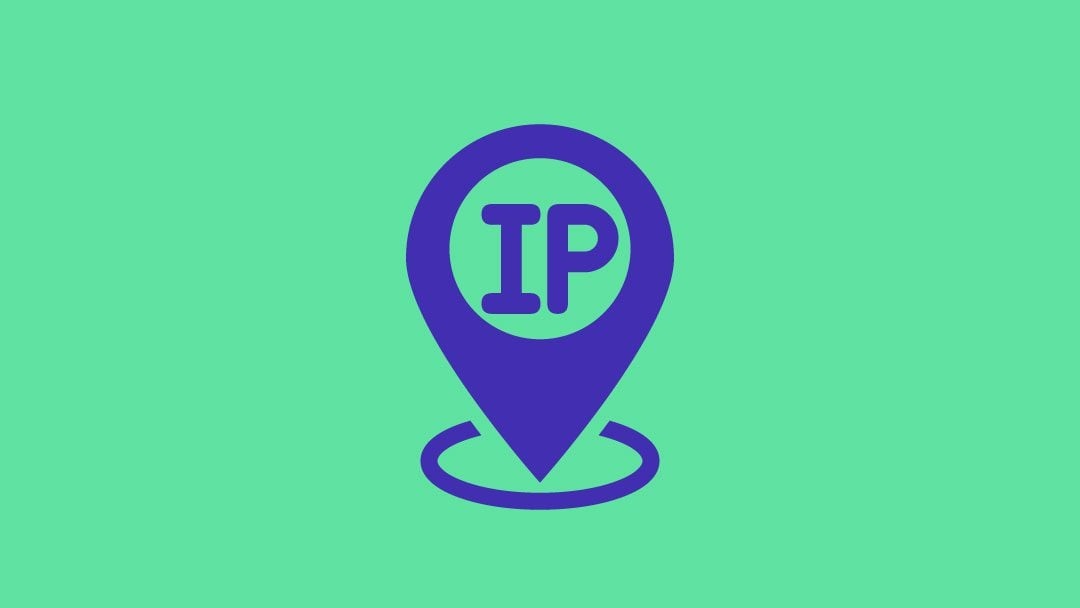These online platforms offer a chilling capability: the ability to flood a targeted system or network with a torrent of traffic, effectively rendering it inaccessible to legitimate users. While these services may appear innocent, their potential for harm cannot be overstated. The perpetrators of these attacks are individuals, cybercriminal organizations, or even state-sponsored actors, each with their own motivations and agendas.
Allure of ip booters
The rise of IP booters can be attributed to several factors, chief among them the relative ease of access and their perceived anonymity. These services often advertise themselves as tools for testing the resilience of one’s network or website, touting their ability to simulate high-traffic scenarios. However, this veneer of legitimacy quickly crumbles when one considers the malicious potential of these platforms. IP booters appeal to a wide range of users, from script kiddies seeking to demonstrate their “hacking” prowess to more sophisticated cybercriminals intent on extorting businesses or disrupting critical infrastructure. The low barrier to entry, coupled with the perceived lack of consequences, has contributed to the proliferation of these services across the internet.
Dangers of ip booters
The dangers posed by IP booters extend far beyond the immediate impact of a DDoS attack. These services can be leveraged for various nefarious purposes, each with the potential to cause significant harm to individuals, organizations, and even national security.
- Extortion and blackmail
Cybercriminals often use IP booters as extortion, threatening to launch devastating DDoS attacks unless their victims pay a ransom. This tactic has been employed against businesses, governments, and even individual users, with the perpetrators capitalizing on the fear of disruption and the potential for financial loss.
- Disruption of critical infrastructure
The ability to overwhelm and disrupt online services has far-reaching consequences, mainly when targeting critical infrastructure such as healthcare systems, financial institutions, or emergency services. These attacks impede the delivery of essential services, putting lives and livelihoods at risk.
- Competitive advantage
What Is an stresser? IP stressers undermine their competitors, flooding their online platforms with traffic and rendering them inaccessible to customers. This tactic harms the targeted business and erodes trust in the digital ecosystem as a whole.
Technical aspects of ip booters
IP booters operate by harnessing the power of botnets – networks of compromised devices remotely controlled by the attacker. These botnets can be assembled through various means, including the exploitation of vulnerabilities in software, the distribution of malware, or the exploitation of IoT devices with weak security measures.
Once a botnet is established, the IP booter service directs the combined computing power of these infected devices towards a specific target, generating a flood of traffic that overwhelms the target’s resources. This manifests in various ways, such as saturating bandwidth, exhausting server resources, or disrupting network protocols. The scale and sophistication of these attacks be staggering, with some IP booters claiming the ability to generate traffic over one terabit per second (Tbps) – a level of intensity that cripple even the most robust online infrastructure.




